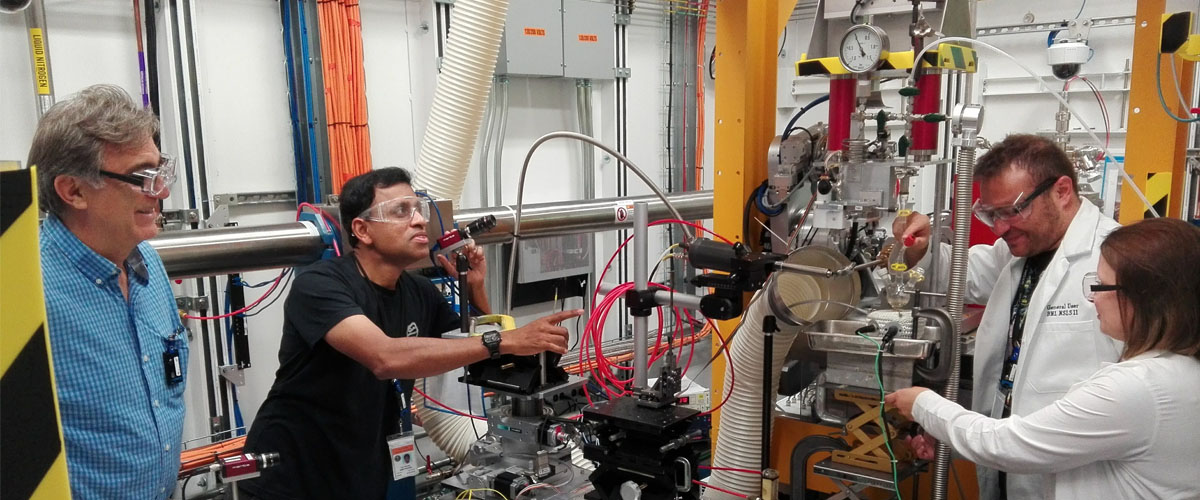Scientists for the first time have found evidence of how the magnetic field of Earth can influence living cells. It has been long believed that birds migrate and navigate using the Earth’s magnetic field, especially for long-distance migrations. Now some other species like mole rats, turtles, lobsters, etc. also are believed to use the magnetic field of Earth. Noboru Ikeya and Jonathan Woodward from the University of Tokyo have for the first time observed changes in magnetism prompting a biomechanical reaction in cells. And what’s cooler is that they used human cells to provide this evidence. This is the first observation of biological magnetoreception – live, unaltered cells responding to a magnetic field in real-time. The results were recently published in the Proceedings of the National Academy of Sciences of the United States of America (PNAS).
This experiment strengthens the argument put forward by Klaus Schulten of the Max Planck Institute in the year 1975. In his theory, he proposed the mechanism through which even a very weak magnetic field like our planet’s) could influence chemical reactions in the cells of birds to perceive magnetic lines and navigate as they seem to do.
Birds are known to have photoreceptors that help them regulate circadian cycles for migration and detection of the magnetic field, but the exact response of the cells to the magnetic field was undiscovered. Ikeya believes that the ability to detect the Earth’s magnetic field is linked to a unique quantum reaction involving photoreceptors called cryptochromes – proteins that are sensitive to the magnetic field. To prove his point, the team designed an experiment consisting of bathed human cell culture containing cryptochromes with blue light, that provided them with weak fluorescence. The is a subset of these called “flavins,” molecules that glow, or autofluorescence when exposed to blue light. They then used a special microscope to observe the reactions of cells to various frequencies of the applied magnetic field.
They found that with each scan of the magnetic field applied to the cells, their fluorescence dropped by around 3.5 percent. The percentage might seem low, but it is enough to start a reaction.
Biophysicist Jonathan Woodward said, “We haven’t modified or added anything to these cells.” He also added that “We think we have extremely strong evidence that we have observed a purely quantum mechanical process that affects chemical activity at the cellular level.”
The University of Tokyo’s Jonathan Woodward, who authored the study with doctoral student Noboru Ikeya, explains what’s so exciting about the experiment:
“The joyous thing about this research is to see that the relationship between the spins of two individual electrons can have a major effect on biology.”
Since the response of the cells to the dynamic magnetic scans was due to the light-sensitive material inside them, so it raise an argument if the magnetic field, even this mild can have any effect on human cells?
Scientists are now interested in exploring the detailed influence of even weak magnetic fields on human biological and cognitive processes.
















Add comment